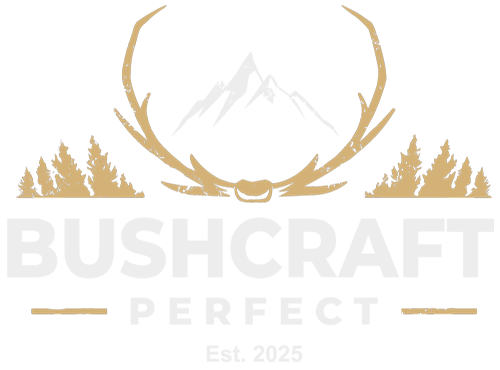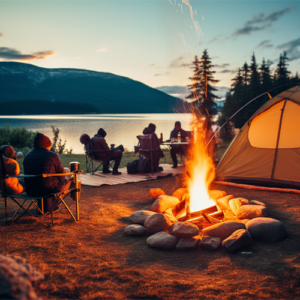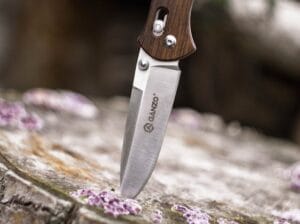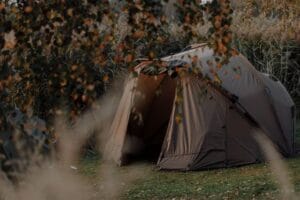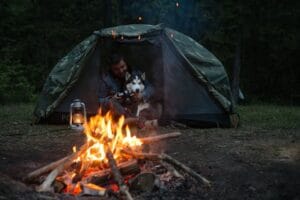What Are Dutch Bushcraft Knives?
Dutch Bushcraft Knives (DBK) started as a YouTube channel run by two bushcraft enthusiasts from the Netherlands who share a passion for high-quality knives and outdoor gear.
Over the years, their honest and thorough knife reviews gained a solid following, and the name “Dutch Bushcraft Knives” became associated with their own line of products.
The DBK guys have put out a few collaborations and custom knives, applying the knowledge they’ve gained from using and testing a wide range of blades.
For anyone interested in the outdoors, the reputation that Dutch Bushcraft Knives have built for craftsmanship and practical design is hard to ignore.
What Sets Them Apart?
The thing I appreciate about Dutch Bushcraft Knives is their focus on performance. You can tell the designs come from real-world experience rather than just looking good on a shelf.
They pay attention to blade geometry, grind, and steel choice, which results in knives that actually perform well for bushcraft tasks.
DBK’s ethos centers around having a knife that’s not just durable but excels at tasks like carving, chopping, and feather sticking.
The knives often feature high-quality steels like K390, CPM 3V, or traditional high carbon steels. Each has its own benefits: K390 and CPM 3V are known for excellent edge retention and toughness, making them suitable for heavy use, while simpler high carbon steels are easier to sharpen in the field.
The designs usually reflect practical dimensions for bushcraft, with blade lengths falling in the 4 to 6-inch range, which strikes a good balance between control and versatility.
Real-World Performance
From what I’ve seen, Dutch Bushcraft Knives aren’t just about specs; they excel in real-world applications.
Their designs prioritize a strong edge with good geometry for woodwork. For example, some DBK models use a Scandi grind that’s perfect for bushcraft because it cuts into wood without excessive digging.
This grind also makes sharpening easier, which is important when you’re far from the convenience of a sharpening stone.
The handle designs are another aspect where DBK knives stand out. Whether they use Micarta, G-10, or wood, the handles offer a comfortable grip with enough texture to keep the knife secure, even in wet conditions.
They tend to have a slight palm swell, making extended use more comfortable. I’ve found that even when working on carving tasks for hours, the knife stays comfortable and doesn’t create hot spots on my hand.
That’s the kind of detail that really matters when you’re out in the woods.
Collaborations and Limited Editions
Dutch Bushcraft Knives often collaborate with well-known brands in the knife world, which results in some interesting and unique models.
For example, their collaborations with makers like Bark River Knives or Klingenhau have resulted in limited edition runs that combine DBK’s practical design approach with the craftsmanship of established knife makers.
These knives usually sell out quickly due to the limited nature of the runs, and they’re often made with premium materials that reflect their higher price.
The limited edition models can be seen as collector’s pieces, but they’re not just for display.
They’re built to be used, and that’s where I think DBK nails it. The collaboration models often include customizations based on the guys’ experiences and preferences, tweaking features like the grind, blade thickness, or handle shape to make them more bushcraft-oriented.
For someone who wants a high-quality, limited edition knife with practical features, these collaborations offer something special.
Are They Worth the Price?
DBK knives aren’t the cheapest, but I’ve found the cost to be justified by the quality you’re getting.
You’re paying for a knife that performs well across a range of tasks, uses premium materials, and has a well-thought-out design.
For me, the price isn’t just about the materials used—it’s about knowing that the knife has been designed and tested by people who actually use it.
There’s a level of reliability you can trust when you know a product has been put through its paces by the very people who created it.
However, they’re not budget knives. If you’re just starting out in bushcraft, there are cheaper options that will still get the job done. But if you’re looking for a tool that’s going to last, hold an edge well, and feel great in the hand, then DBK knives are worth considering.
The price reflects a commitment to quality, and the knife’s performance backs that up.
My Experience with Dutch Bushcraft Knives
I’ve used a few different DBK models, and they’ve held up well. The edge retention is noticeably better than most production knives I’ve used, especially with models made from K390 or CPM 3V.
These steels stay sharp for a long time, even after tasks like splitting wood or carving, and they don’t chip easily. The balance between toughness and sharpness has been impressive, and the knives just feel reliable in the hand.
The handle designs really make a difference during extended use. They’re shaped in a way that reduces fatigue, even when I’m carving for a while.
That’s something I didn’t fully appreciate until I used other knives that weren’t as comfortable. The small details like the slight palm swell or textured surface make the knife stay put without slipping, whether my hands are wet, sweaty, or covered in dirt.
Final Thoughts
Dutch Bushcraft Knives stand out because they’re designed and tested by people who actually use them for bushcraft. The attention to detail, from blade grind to handle comfort, shows in how well the knives perform in real-world conditions.
Whether it’s a limited-edition collaboration or a regular model, DBK knives offer quality that justifies the cost. For anyone who takes bushcraft seriously and values a knife that performs across a range of tasks, they’re definitely worth a look.
You might as well be interested in
-

Top Rated Bushcraft Knives. Do They Perform in the Field?
What Makes a Bushcraft Knife Top Rated? When I look for a top rated bushcraft knife, I’m not interested in hype. I want a knife…
-

Large Bushcraft Knives: When Bigger Blades Make Sense in the Field
When to Choose a Large Bushcraft Knife Large bushcraft knives aren’t everyone’s first choice, but there are times when a bigger blade just makes sense.…
-
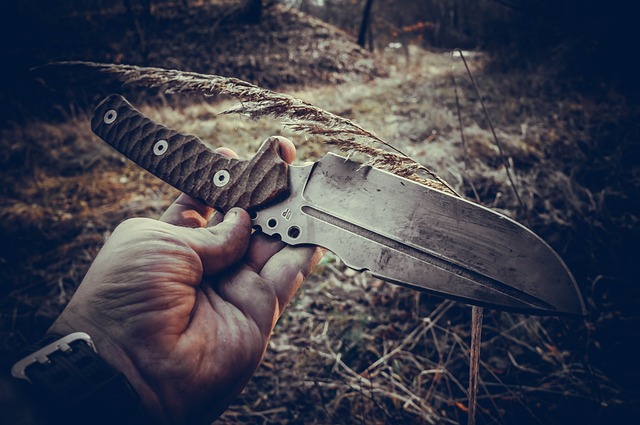
Japanese Bushcraft Knives: Why They’re Different and Worth Considering
Why Consider Japanese Bushcraft Knives? Japanese bushcraft knives bring a different flavor to outdoor tools. Rooted in centuries-old craftsmanship, they reflect a blend of traditional…
-

The Right Fixed Blade Bushcraft Knife: What to Look For and Why It Matters
Why a Fixed Blade Bushcraft Knife Is the Right Choice When it comes to bushcraft, a fixed blade knife is my go-to tool. It’s reliable,…
-
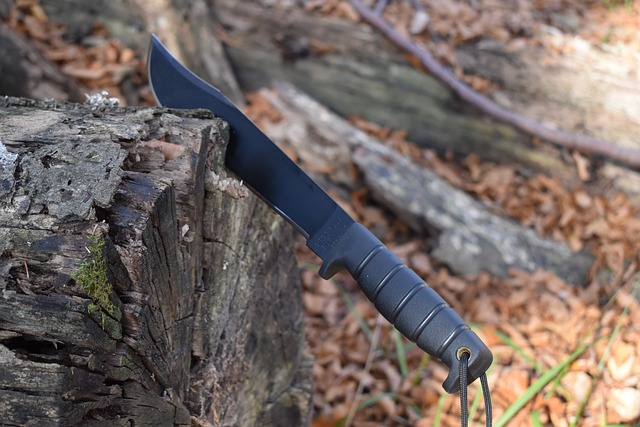
Dutch Bushcraft Knives: What Makes Them Stand Out and Are They Worth It?
What Are Dutch Bushcraft Knives? Dutch Bushcraft Knives (DBK) started as a YouTube channel run by two bushcraft enthusiasts from the Netherlands who share a…
-

Why Custom Bushcraft Knives Are Worth the Investment: What to Know Before Buying
Why Choose a Custom Bushcraft Knife? When it comes to bushcraft, I rely on my knife for nearly everything, from carving and food prep to…
-
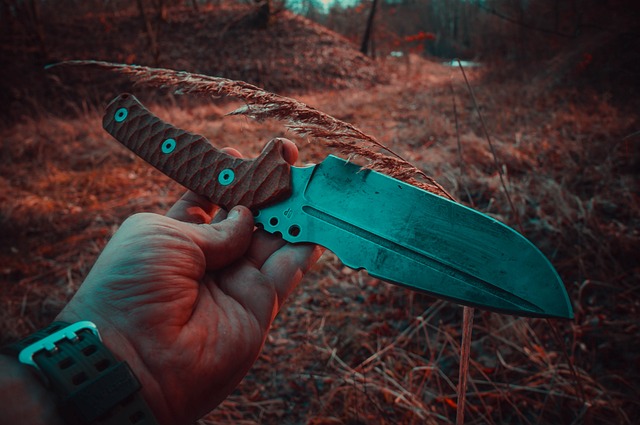
Choosing a Bushcraft Survival Knife: What You Need to Know Before You Buy
Why a Bushcraft Survival Knife Matters When it comes to bushcraft and survival, a good knife is more than just a tool—it’s an extension of…
-

Finding the Right Bushcraft Sheath Knife: What Matters and What Doesn’t
Why Choose a Bushcraft Sheath Knife? When it comes to bushcraft, a sheath knife is the tool I reach for first. Unlike folding knives, a…
-
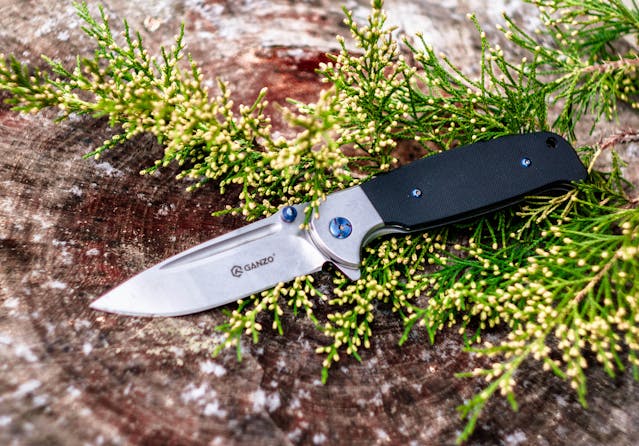
Choosing a Bushcraft Folding Knife: What Works and What Not
Why Use a Bushcraft Folding Knife? When it comes to bushcraft, I usually prefer a fixed-blade knife for its strength and reliability. But there are…
-

What to Look for in Good Bushcraft Knives: My Top Picks and Tips
What Makes a Good Bushcraft Knife? A good bushcraft knife is one of the most important tools in my kit. It’s not just about having…
